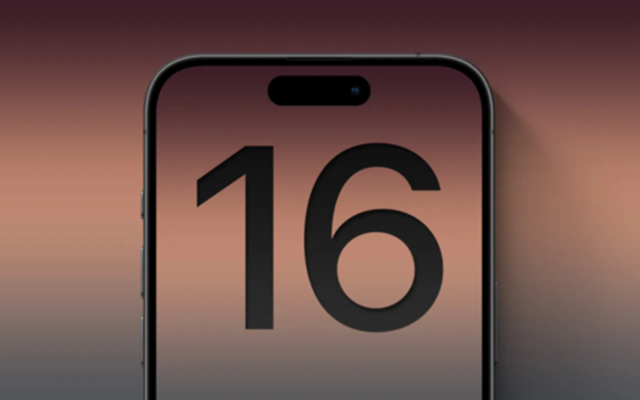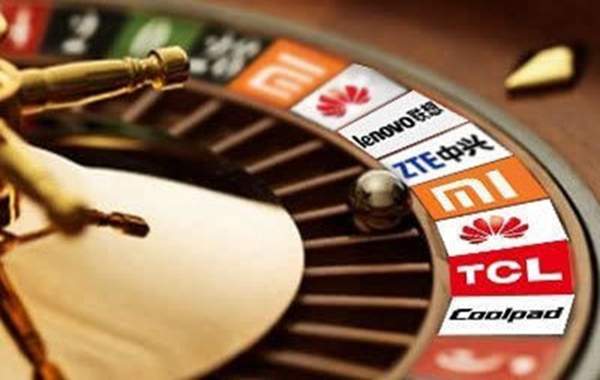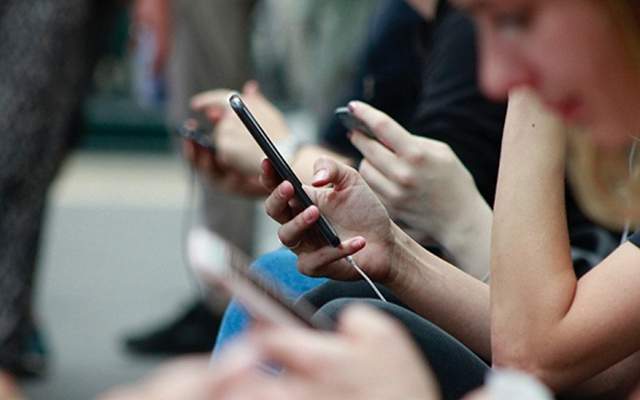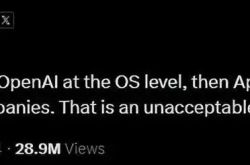Apple and Samsung Stand Out as Global Mobile Phone Leaders Despite Domestic Band Limitations
![]() 02/04 2025
02/04 2025
![]() 571
571
Regarding mobile phone signals, some media outlets tend to criticize Apple and Samsung for poor signal performance. However, the issue of signals is far more nuanced. Industry experts reveal that Apple and Samsung are actually among the most considerate in this area. Conversely, domestic mobile phones have been found to omit numerous signal bands, with their supported bands clearly trailing behind those of Apple and Samsung.

Examining phone specifications, it becomes evident that Apple's iPhone 16 supports up to 21 5G bands, making it the leader in band support. Domestic mobile phones pale in comparison when it comes to band support. Early domestic models supported only around 5 5G bands, whereas Apple's first-generation 5G phone, the iPhone 12, already boasted nearly 20 bands.
Take the example of low-frequency 5G bands like 700MHz, 900MHz, and 800MHz, which China's three major operators acquired later. Most domestic 5G phones from two years ago did not support these bands. In contrast, Apple's iPhone 12, its first 5G phone, supported 700MHz from the outset, ensuring that Apple's iPhone has not been phased out as China's 5G technology continues to advance.
In overseas markets, the 5G band landscape is even more intricate. Operators utilize bands such as 450MHz and 600MHz for 5G networks, adding to the complexity of global 5G band support. This complexity stems from the fact that 5G requires more spectrum resources to achieve faster speeds.
Since the commercialization of 5G, many 5G phones have been phased out. From the iPhone 12, the first-generation 5G phone, to the current iPhone 16, Apple has consistently supported the widest range of 5G bands. As a result, the iPhone has remained unaffected by the highly complex global 5G band landscape, becoming one of the few 5G phones that has withstood technological upgrades.
Samsung joins Apple as one of the mobile phone companies supporting the most 5G bands. Both companies need to support a wide range of bands to cater to global operators using different 5G bands, given their global sales footprint.

In comparison, even high-end domestic mobile phones fall short of Apple's band support. They primarily focus on complying with domestic 5G band conditions and give little thought to overseas sales.
Among domestic mobile phone brands, only two have overseas sales exceeding 70%. For others, overseas sales account for at most 50%, with some brands deriving over 80% of their sales from the domestic market.
Naturally, domestic brands with a lower proportion of overseas sales are reluctant to support too many 5G bands due to the associated costs. These phones, mainly sold domestically, only need to support the limited domestic 5G bands, significantly reducing costs.
Supporting more 5G bands also adds to the complexity of mobile phones and increases power consumption, posing a significant challenge to a company's technological R&D capabilities. This is not something that some domestic-focused mobile phone companies are willing to undertake.
Beyond radio frequency signals, accessories like speakers and linear motors are crucial for enhancing the user experience. High-end components are essential for optimal performance, and Apple consistently uses the best components in this regard.

Consequently, high-end consumers prefer iPhones over domestic mobile phones. With the means to purchase premium products, they do not want the hassle of researching phone specifications. Buying an iPhone eliminates these concerns, explaining why high-end consumers have long favored iPhones. This is a point worth pondering for domestic mobile phone makers.







